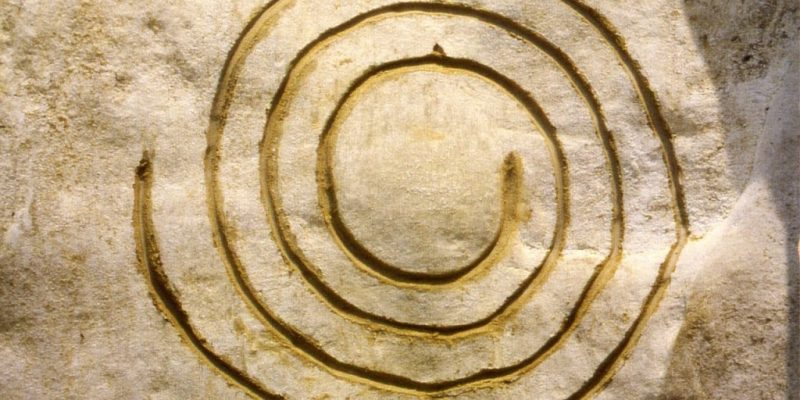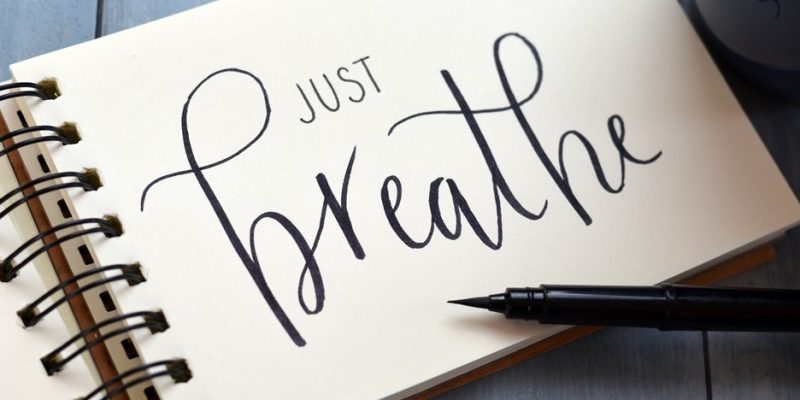
Shallow Breathing or Chest Breathing (medically called Hypopnea) is typically associated with thoracic breathing, and is usually defined as a structural way of breathing (often done unknowingly by the breather) that uses the intercostal muscles rather than the diaphragm (Abdominal Breathing) to take in air.

This type of habitual breathing pattern may be caused by several conditions, such as anxiety, stress, shock, panic, air pollution, obesity, overweight, tonsillitis, undue alcohol use, asthma, hyperventilation, bronchitis, or pneumonia, to give some of many different causes.
Shallow Breathing can lead to short breaths and rapid breathing — labeled as Tachypnea — and subsequently an inappropriate exchange of respiratory gasses (i.e. notably Oxygen and Carbon Dioxide), commonly called Hypoventilation (not to be confused with Hyperventilation).
Moreover, Shallow Breathing can lead to a vicious circle, that is: shallow breathing can cause more stress, and stress can cause continued shallow breathing, while making stress and anxiety a habit of our body and mind.
Other discomforts and health issues that can result from shallow breathing include shoulder, neck, and chest pains, headaches, excessive yawning, “shortness of breath,” a range of neuro-muscular disorders, sleepiness, sleep disorders, weakness, rapid heartbeat, emotional problems, diminished productivity, lack of concentration ability, a variety of cardiovascular issues, and an increased risk of injuries.

Mind that Shallow Breathing (and the associated stress response) can be managed and reduced by consciously engaging in breath control practices, notably by using Diaphragmatic Breathing and Nose Breathing techniques.
There are also specific types of Breathwork that focus on eliminating Shallow Breathing and its negative effects. Examples of the latter include the Buteyko Breathing Method and Nadi Shodhana i.e. Alternate Nostril Breathing.
However, if Shallow Breathing is not caused by emotional or psychological phenomena, but rather by underlying physical disorders such as pneumonia or tonsillitis, one naturally also needs to consult an appropriate healthcare provider, which may simply imply taking proper medication or undergoing surgery, to just give some examples.

















